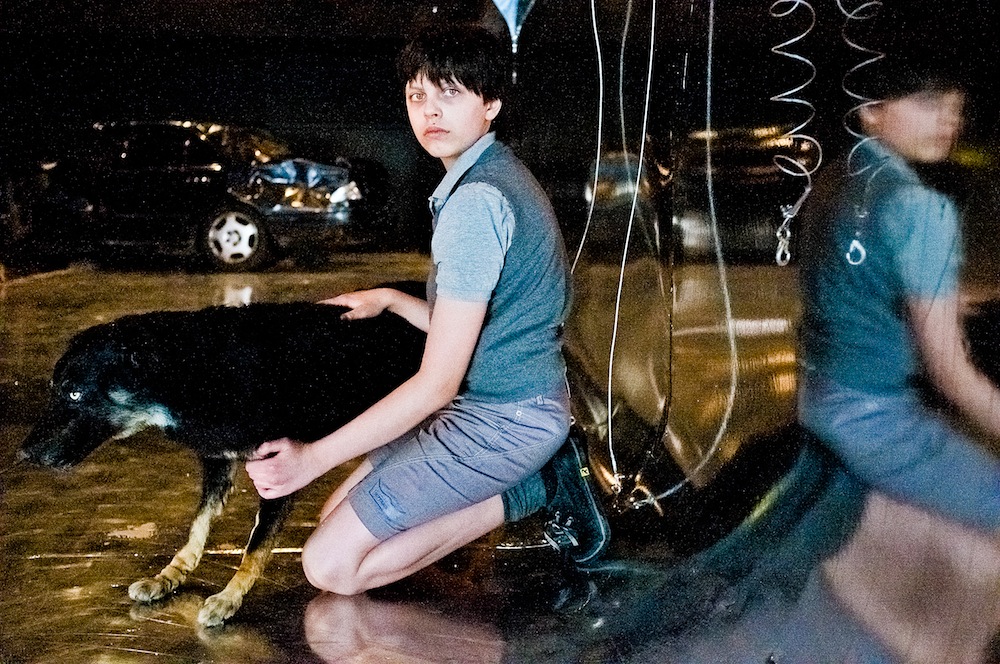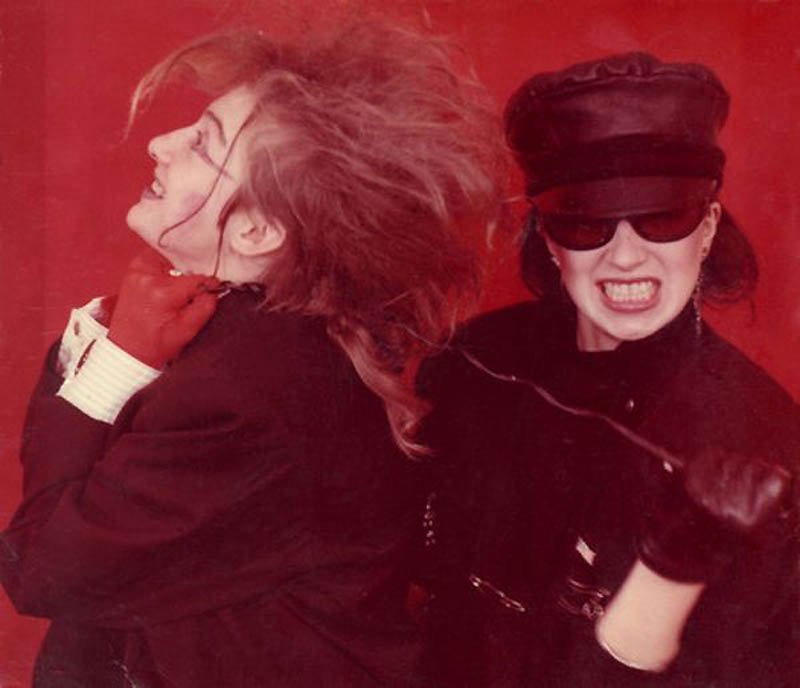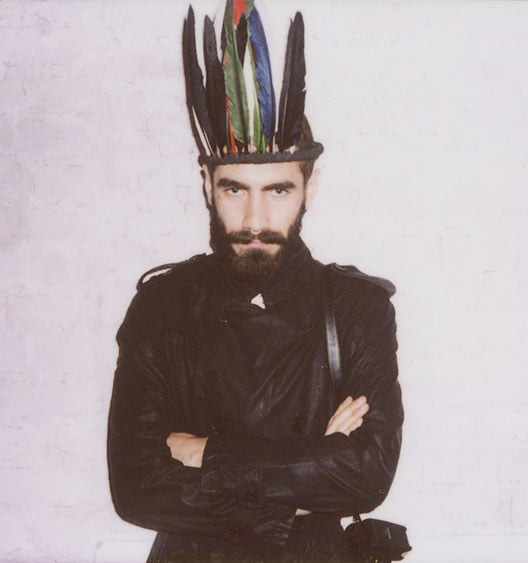Under the radar: how a collective of musicians is bringing cutting-edge beats to Moscow
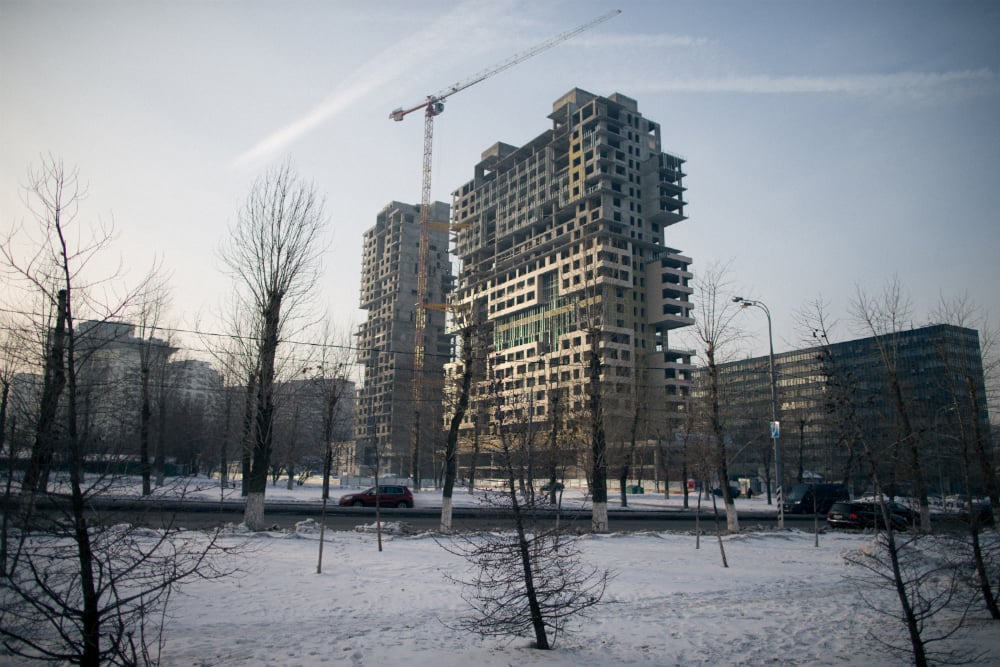
The RAD community is pushing against the mainstream with their western-inspired, Russian-infused experimental music
Until recently, going clubbing in Moscow usually meant one of two things: a smoke-filled beer joint with DJs mixing The Ramones with Hava Nagila or some chi-chi club with outdated electro house that charged for using the bathroom. For young Muscovites, especially those into alternative music, it often felt as if there was nowhere decent to go. The subcultures of the Eighties, which saw the emergence of a series of underground scenes based on western movements from punk to metal had long faded away by the Noughties giving way to a far more mainstream, commercialised music and fashion culture. It was against this backdrop that Ildar Zaynetdinov, a DJ known as Low Bob, along with Artyom Ryazanov, who goes by the name of Miracle Libido, formed RAD, a collective of electronic musicians, in 2009.
Taking inspiration from hip-hop artists in cities such as Los Angeles and London, the Russian electronic musicians and DJs that make up RAD have created a distinct sound that has caught the eye of leading industry magazines such as Pitchfork and XLR8R. What started out as a group of friends throwing house parties from their headquarters on Vavilova Street in southwest Moscow has developed into a small but burgeoning underground scene. “At the heart of everything we do there is, and always has been, a profound love for music and for sound,“ says Zaynetdinov.
“[RAD musicians] have topped certain charts in the US, but nobody had heard their music here in Moscow”
From out of their ranks, Sasha Dza (who trades as Dza), has already made good. The beatsmith and head of record label How2Make was one of the first electronic musicians in Russia to begin experimenting with instrumental hip-hop. His mix of Soviet children’s songs and Russian rap has now seen him fly the RAD nest and has landed him deals with record labels such as Berlin’s Error Broadcast and Bristol-based Black Acre. Together, the members of RAD cover a spectrum of electronic styles that encompass house, juke, trap, instrumental hip-hop and more abstract intelligent dance music — all new sounds to a nation where pop bands such as girl group Via Gra still hold sway over the nation’s hearts (the all-girl line-up finally disbanded in December). Think of the experimental tunes of LA music producer Flying Lotus and you’ll have some idea of what RAD members aspire to.
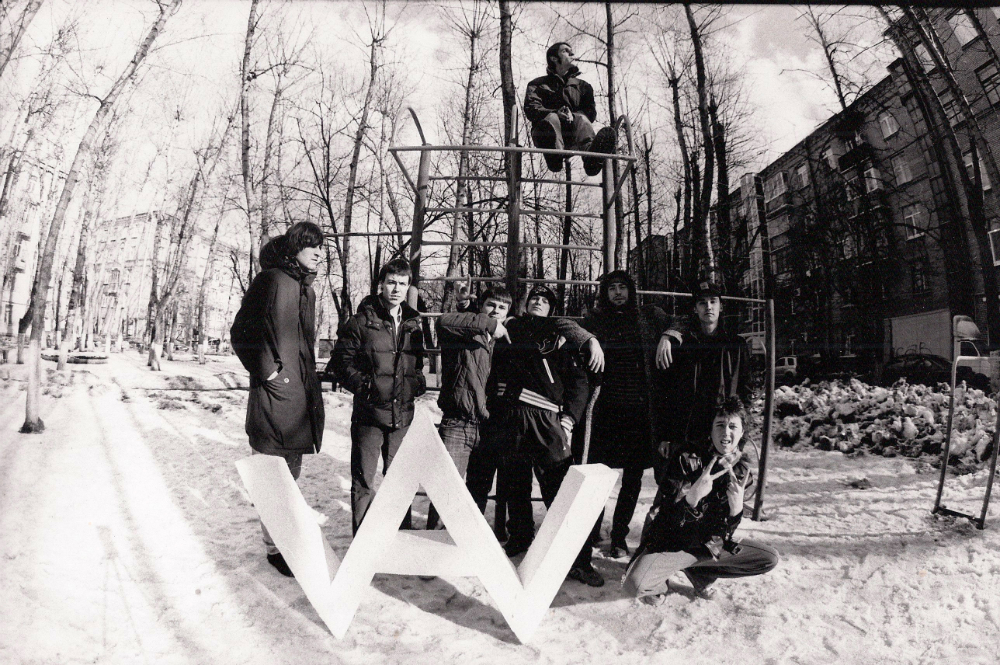
The Vav Street crew
Despite western influences, members are keen to ensure their music is infused with a distinct Russian quality. “The whole identity of RAD’s releases was an attempt to play with Russianness, make the most of it: every release came with a collage made from real Soviet newspapers,” says Zaynetdinov. “Plus, we don’t really want to release anything by foreign musicians. Our aim is to be a platform for independent Russian musicians.”
“A musician becomes a part of RAD when he gets released on our label,” explains Artem Ryazanov. Other members include OL, Lapti, Vtgnike (pronounced “vintage nike”), 813 and the St Petersburg duo Underwraps. All are male and in their twenties. Dressed in streetwear and vintage hip-hop pieces sourced from California, none would be out of place in Los Angeles or New York. Yet even as RAD’s reputation grows abroad, helped in part by platforms such as SoundCloud, back home, the collective’s following is a small, albeit dedicated, bunch. “If you look at some of RAD musicians, for instance Lapti or OL – their tracks have been played on the legendary radio station Dublab in Los Angeles,” says Zaynetdinov. “They even topped certain charts in the US, but nobody had even heard their music here in Moscow back then.”
One of RAD’s legendary parties on the roof of Artplay, a Moscow-based art cluster
Back home, the Russian music press either ignores RAD’s musical output or describes it as derivative. This has changed somewhat over the past year thanks to Rodnya, a Moscow music studio and club, where Ryazanov is now art director. The appointment has given him the opportunity to fly in cutting-edge DJs from around the world and in the process, broaden the city’s musical horizons. What’s striking is the queue of partygoers, hungry for decent electronic music, that snakes 200 metres down the road towards the riverbank.
“We’re always striving to elevate the culture of sound. It’s really important to create a sonic environment that improves how we live”
It is not just music but also geography that unites the members of RAD. The music-makers are all part of a larger artistic collective known as Vav Street. Zaynetdinov has, for example, just finished recording a soundtrack for an animated film about cave men by animator Adel Saleh. The collective, which includes artists, filmmakers, photographers and other creative types, hang out mainly at Zaynetdinov’s spacious studio on the ground floor of a Soviet-era apartment block on Vavilova Street. Named after a legendary Soviet physicist, the long avenue slices through Akademichesky district, one of Moscow’s most picturesque areas, and was once home to the city’s laboratories and scientific institutes in the mid-20th century.
In the Sixties, African diplomats and their families moved into the area. “Round here we had these so-called ‘black blocks’, where the children of ambassadors from Africa and the Caribbean used to live — this whole group of black kids with their own scene. Vav was their name for this area, so that’s where we took it from,” recalls Zaynetdinov. Today, he says, the area surrounding Vavilova Street is more like Los Angeles with its wide roads and combination of industrial zones and green space. “We’ve got loads of good restaurants round here too; the best places for Indian, Vietnamese and Chinese food. It’s all got a laid-back, friendly, neighbourhood feel. A sort of cosy California-style suburb.”
A pilot of Caveman created by Adel Saleh with a soundtrack by Ildar Zaynetdinov
The fact that RAD and the Vav Street collective are so tightly linked to a specific locale in Moscow has raised hopes that the capital might finally be generating a neighbourhood with a set of defining characteristics such as Kreuzberg in Berlin or London’s Hackney. For the members of RAD, many of whom first met in the early Noughties through their shared loved of graffiti, this has been a long-standing ambition. “We weren’t even 15 back then, we were into hip-hop and completely obsessed with street culture,” says Zaynetdinov. “We had practically no interest in tagging trains — our aim was to cultivate our own neighbourhood.”
Although the Vav Street crew has yet to succeed in creating this longed for enclave, they are never short of aspiration. Forever evolving, RAD’s latest project has come as a bit of a surprise to fans: a branding agency called RADAR. “We create sound identities and provide specific audio accompaniments,” says Zaynetdinov. With the help of animating expert Saleh and the well-known illustrator and artist Pasha Kiselev, both members of Vav Street, the agency has already worked with Aeroexpress, the airport to Moscow rail link, to create a sound identity for passenger to listen to. “We’re always striving to promote and elevate the culture of sound,” says Zaynetdinov. “We think it’s really important to create a sonic environment that improves how we live.”
